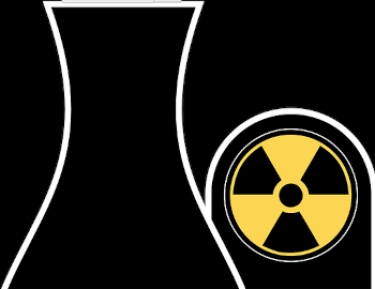

Dutch engineer spread Stuxnet in Iran nuclear plant in 2008: report
source link: https://itwire.com/business-it-news/security/dutch-engineer-spread-stuxnet-in-iran-nuclear-plant-report.html
Go to the source link to view the article. You can view the picture content, updated content and better typesetting reading experience. If the link is broken, please click the button below to view the snapshot at that time.
Tuesday, 09 January 2024 10:36
Dutch engineer spread Stuxnet in Iran nuclear plant in 2008: report Featured
By Sam Varghese
A Dutchman was responsible for infecting equipment at Iran's Natanz nuclear plant in 2008 with the Stuxnet virus, leading to years of delay in the country's nuclear program, a Dutch publication, Volkskrant, claims.
Erik van Sabben, who was 36 at the time, is claimed to have carried out the task after having been recruited in 2005 by the AIVD, a Dutch intelligence outfit.
A few years ago, Volksrant claimed Van Sabben had been recruited by AIVD and also another Dutch intelligence outfit, MIVD.
Stuxnet was discovered by researcher Sergey Ulasen in 2010; he joined Russian security firm Kaspersky a year later. At that time, the virus was believed to have been infiltrated into the Natanz plant through an USB drive as the lab was not connected to any external network.
His death is claimed to have been natural, and not due to any foul play. He was apparently chosen for the task because of his technical background and also his links with Iran: he was already doing business in the country and was married to an Iranian woman.
The Volksrant report said the Dutch government was unaware of the operation, with an anonymous source at AIVD claiming this was due to potential political fallout, adding that it was usual practice to "sweep the prime minister's doorstep clean".
Another new claim by Volksrant was that Stuxnet, which is believed to have been developed jointly by the NSA and Israel's Unit 8200, cost more than US$1 billion to create.
Reacting to the story, Costin Raiu, long-time head of Kaspersky's Global Research & Analysis Team who left the company last year, said: "Some interesting points from the article: Stuxnet cost more than US$1 billion to build (!).
"If true, it was brought into Natanz in a 'water pump', that later spread it to the network.
"The guy who did this died in 2009, so very important detail, the Stuxnet variant he brought in 2007 would be a really early one, like Stuxnet 0.5.
"IMHO, the really impactful variants were the later ones, that were seeded through five different organisations in Iran, in 2009 and 2010."
Mikko Hypponen, chief research officer at security firm WithSecure, said he did not buy the claim of the US$1 billion price tag. "Millions, certainly, dozens of millions, sure. A billion? I don’t think so," he said.
Read 60 times
Please join our community here and become a VIP.
Subscribe to ITWIRE UPDATE Newsletter here
JOIN our iTWireTV our YouTube Community here
BACK TO LATEST NEWS here
GARTNER MARKET GUIDE FOR NDR 2022
You probably know that we are big believers in Network Detection and Response (NDR).Did you realise that Gartner also recommends that security teams prioritise NDR solutions to enhance their detection and response?
Picking the right NDR for your team and process can sometimes be the biggest challenge.
If you want to try out a Network Detection and Response tool, why not start with the best?
Vectra Network Detection and Response is the industry's most advanced AI-driven attack defence for identifying and stopping malicious tactics in your network without noise or the need for decryption.
Download the 2022 Gartner Market Guide for Network Detection and Response (NDR) for recommendations on how Network Detection and Response solutions can expand deeper into existing on-premises networks, and new cloud environments.
PROMOTE YOUR WEBINAR ON ITWIRE
It's all about Webinars.Marketing budgets are now focused on Webinars combined with Lead Generation.
If you wish to promote a Webinar we recommend at least a 3 to 4 week campaign prior to your event.
The iTWire campaign will include extensive adverts on our News Site itwire.com and prominent Newsletter promotion https://itwire.com/itwire-update.html and Promotional News & Editorial. Plus a video interview of the key speaker on iTWire TV https://www.youtube.com/c/iTWireTV/videos which will be used in Promotional Posts on the iTWire Home Page.
Now we are coming out of Lockdown iTWire will be focussed to assisting with your webinars and campaigns and assistance via part payments and extended terms, a Webinar Business Booster Pack and other supportive programs. We can also create your adverts and written content plus coordinate your video interview.
We look forward to discussing your campaign goals with you. Please click the button below.
Recommend
About Joyk
Aggregate valuable and interesting links.
Joyk means Joy of geeK

